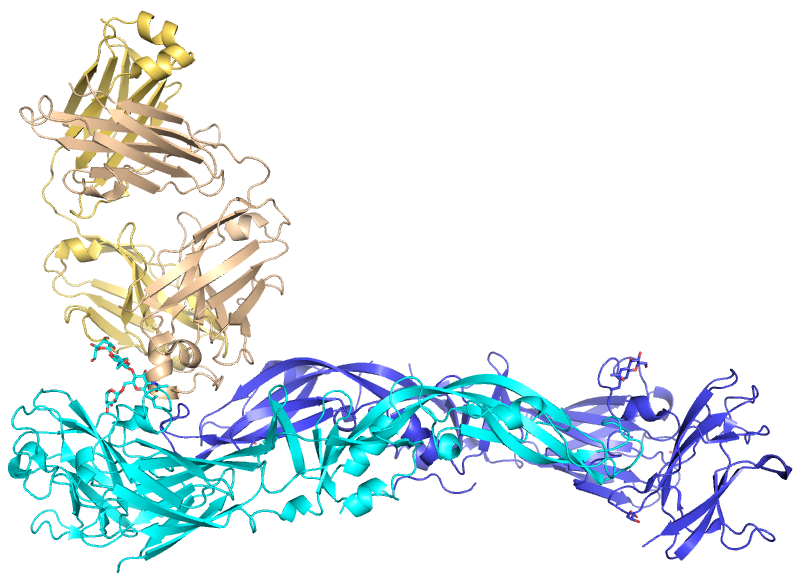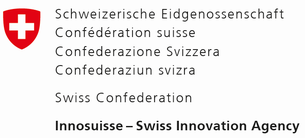
Last week, the journal Nature published an article that reports a breakthrough on the way towards a vaccine against Zika. The results critically depended on X-ray crystallographic data collected at Synchrotron SOLEIL with DECTRIS detectors.
As the Zika epidemic spreads through the American continent and threatens not only this month's Olympic Games in Rio de Janeiro but also, more insidiously, the health of millions, exceptional efforts go towards finding treatments or prevention of Zika infection. Last week, the journal Nature published an article that reports a breakthrough on the way towards a vaccine against Zika (Barba-Spaeth et al.).
This breakthrough is the result of a broad international collaboration. Clinicians, virologists, immunologists and infectious disease specialists from Paris, London and Vienna and as far away as Thailand and Tahiti combined their efforts, but at the heart of the study are the three crystal structures. The data leading to these structures were acquired at Synchrotron SOLEIL with Dectris’ PILATUS 6M and EIGER X 9M detectors.
While PILATUS 6M has been at the heart of X-ray crystallography for nearly ten years, EIGER X 9M makes its debut in the Protein Data Bank (PDB) with the Zika E protein structure. With this, it follows hot on the heels of EIGER X 4M and EIGER X 16M whose first output was released by the PDB in April and May. EIGER detectors are now firmly established as powerful tools for structural biology and important players in the progress of medicine.
The picture above shows neutralizing antibodies binding to Zika virus envelope protein. The dimeric Zika virus envelope protein is shown at the bottom (blue and cyan). Bound to it on the left is the antigen-binding fragment (Fab) of a neutralizing antibody crossreactive against dengue (heavy and light chain, brown and pale orange, respectively). (Source: Dectris)
Zika virus is a flavivirus closely related to the causative agents of dengue and yellow fever and like those, it can be communicated sexually or transmitted by Aedes mosquitoes. The virus is linked to blindness, deafness, seizures and a form of temporary paralysis called Guillain-Barré syndrome, but the majority of infected adults experience no symptoms. Children born to infected mothers, on the other hand, show a high incidence of microcephaly, a birth defect characterized by abnormally small heads and irreversible brain damage. The connection between Zika infection and microcephaly was recently shown experimentally in flies (Cugola et al.) and is now generally accepted to be true in humans as well.
Since its appearance in Brazil a year ago, Zika has radiated outward on the American continent to such an extent that the World Health Organization has declared it a Public Health Emergency of International Concern. The W.H.O. expects the virus to become established in areas ranging from northern Argentina to the southern United States by the end of 2016, infecting millions of people.
There is currently no treatment of Zika infection and no vaccine exists to prevent it. Indeed, the study of Zika, despite the identification of the virus in Africa nearly 70 years ago, is still in its infancy. Only this year and undoubtedly driven by the threat of vast numbers of new cases has structural information of the virus become available. These recent results dramatically advance our understanding of the virus and open possibilities for the treatment and prevention of infection.
To start with, two structures of the intact virus, solved by electron cryo-microscopy (Sirohi et al., Kostyuchenko et al.), gave a first detailed view of the entire virus. Two more papers reported structures of individual protein components of Zika, envelope protein (Dai et al.) and a fragment of non-structural protein 1 (NS1, Song et al.). The first crystal structure revealed the position of a protective antibody and identified a loop in the protein that might serve as an epitope for future therapeutic antibodies, though their development is a long way off. The structure of full-length NS1, recently solved from PILATUS3 6M data at Advanced Photon Source (APS), showed marked differences in epitopes among flaviviruses – with ramifications for vaccine design.
Crystal structures of two enzymes essential for the Zika virus life cycle lay the foundation for the rational design of antiviral agents. The structure of NS3 helicase was determined independently at Shanghai Synchrotron Radiation Facility, with data collected on a PILATUS3 6M detector, and at APS (Tian et al. and Jain et al.). Helicases from other viruses have already been used as targets for the development of antiviral agents. The structures of NS3 helicase pave the way for similar work in Zika. Of comparable importance is the structure of Zika protease in complex with an inhibitor, solved from data collected with a PILATUS 6M at PETRA III (Lei et al.).
(SK)























































Please login or sign up to comment.
Commenting guidelines